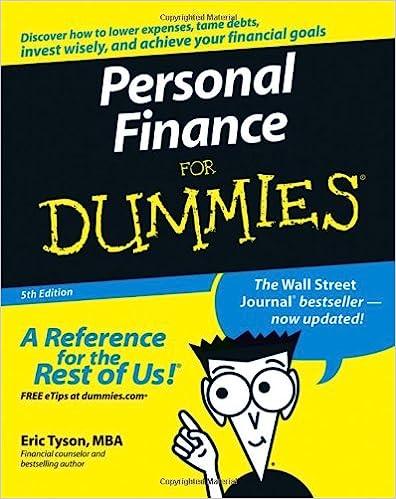Question
Consider the following variation of the trade-off model discussed in class. There are three dates t=0,1/2,1 . At date t=0 , the firm has F0=0.4
Consider the following variation of the trade-off model discussed in class. There are three dates t=0,1/2,1 . At date t=0 , the firm has F0=0.4 of debt outstanding and chooses a new debt amount F . The outstanding debt comes with the covenant that F0.7 . At date t=1/2 , the firm potentially learns news about its future cash flows and can potentially change the project (see the specification of each question below). At date t=1 , cash flows Y are realized. Initially, cash flows are uniformly distributed on [0,1] . The corporate tax rate is 25% and there is zero recovery upon default. Suppose that all risk is idiosyncratic and rf=0 . 1a. Suppose first that nothing happens at date t=1/2 . Compute the optimal debt F that the equity holders choose at t=0 . Is the optimal debt level higher/lower/equal to the case without the outstanding debt analyzed in class (i.e., when F0=0 )? What is the logic behind this result? Hint: This part is similar to the case of additional debt issuance that we covered in class when we talked about the leverage ratchet effect. Note that the equity holders payoff equals the equity value of E(F) plus the issuance revenue (FF0)P(F) if F>F0 (minus repurchase costs (F0F)P(F) if F
Step by Step Solution
There are 3 Steps involved in it
Step: 1

Get Instant Access to Expert-Tailored Solutions
See step-by-step solutions with expert insights and AI powered tools for academic success
Step: 2

Step: 3

Ace Your Homework with AI
Get the answers you need in no time with our AI-driven, step-by-step assistance
Get Started


